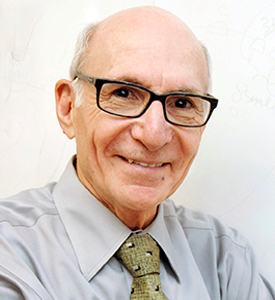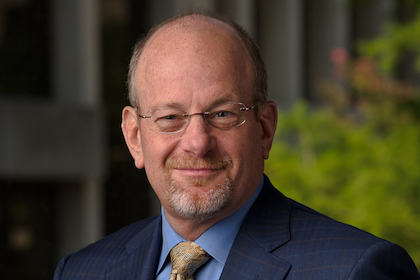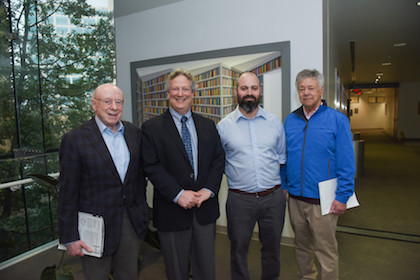Stastny named Professor Emeritus of Internal Medicine, Pathology
Dr. Peter Stastny, a Professor of Internal Medicine and Pathology renowned as an expert in autoimmune diseases, immunology, and organ transplant rejection, has been named Professor Emeritus at UT Southwestern Medical Center.

Dr. Stastny is one of the few UT Southwestern faculty members with more than a half century of tenure, having begun his career at the Medical Center in 1960 as a postdoctoral trainee with Dr. Morris Ziff, then-Chief of Rheumatic Diseases. For the bulk of his career, from 1970 to 2012, Dr. Stastny led UT Southwestern’s Transplantation Immunology Division and Tissue Typing Laboratory. He officially retired in September 2014.
Internationally, Dr. Stastny is recognized for his research contributions in immunology, autoimmunity, histocompatibility, and transplantation.
“Dr. Stastny’s career has been devoted to understanding of the immunology of organ transplantation. The majority of his more than 240 published articles deal with the immune response between individuals – the basis for transplant rejection. He was a pioneer in modern tissue-typing methodology and analysis,” said Dr. David Karp, Chief of the Division of Rheumatic Diseases at UT Southwestern.
“Much of his early work was focused on understanding autoimmunity, and in 1978, he published the first paper on the immunogenetic basis of rheumatoid arthritis,” Dr. Karp added.
Born in Prague, capital of the Czech Republic, Dr. Stastny earned his medical degree in 1958 from San Marcos University in Peru. Two years later, he began training with Dr. Ziff, who founded UT Southwestern’s Rheumatology Division. Working with Dr. Ziff as a fellow, Dr. Stastny developed a graft-versus-host disease model of rheumatic disease in experimental animals, a model that resembled the human diseases rheumatoid arthritis and systemic sclerosis in the context of transplantation immunity.
“My efforts were focused on two main topics: autoimmunity and transplantation. I was fascinated by the cross-fertilization of these two areas of interest. The mechanisms of allograft rejection were similar to the events that caused injury in autoimmune disease, and autoimmunity was frequently triggered in the course of organ transplant rejection,” Dr. Stastny said.
In the early 1970s, Dr. Stastny discovered the association of rheumatoid arthritis with the histocompatibility gene HLA-DR4 and the antigen HLA-Dw4, a finding that provided evidence of the role of immunogenetic factors in this disease. The American College of Rheumatology recognized Dr. Stastny’s work as a landmark advance, naming him a Master of the College for his longstanding contributions to the field.
Dr. Stastny’s research team defined all known alleles of the HLA gene family using a novel typing procedure that became widely used. More than 20 alleles, or variant forms of a gene, were initially found and sequenced in Dr. Stastny’s lab. In studies of HLA-related antigens, Dr. Stastny also found that MICA antigens were associated with kidney transplant rejection, and also possibly with graft-versus-host disease.
More than 40 postdoctoral fellows who trained under Dr. Stastny have gone on to distinguished careers as independent investigators or heads of laboratories. A meeting of fellows who trained in Dr. Stastny’s lab was held in October 2011.
Among Dr. Stastny’s numerous honors is the Paul I. Terasaki Clinical Science Award from the American Society for Histocompatibility and Immunogenetics. He received this award in 2008 in recognition of lifetime devotion to the study of laboratory methods for solving problems in clinical transplantation and autoimmunity.



